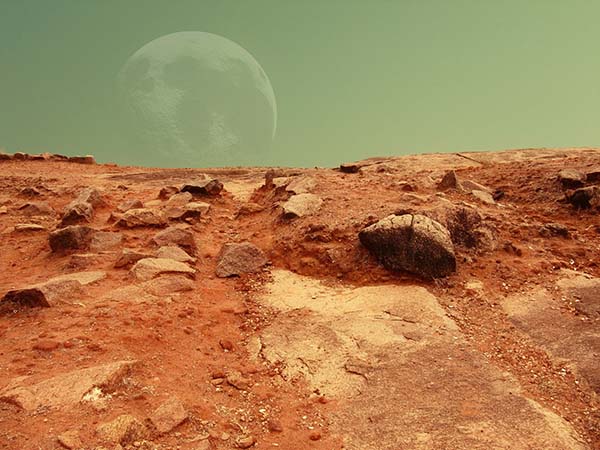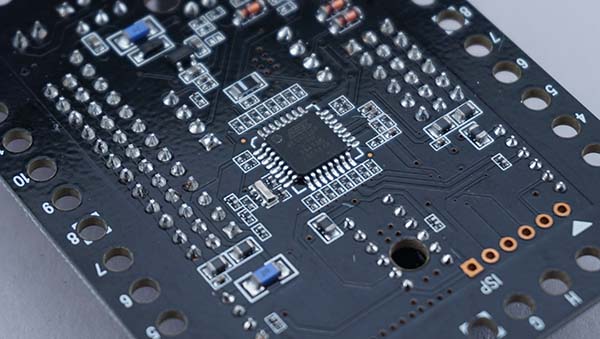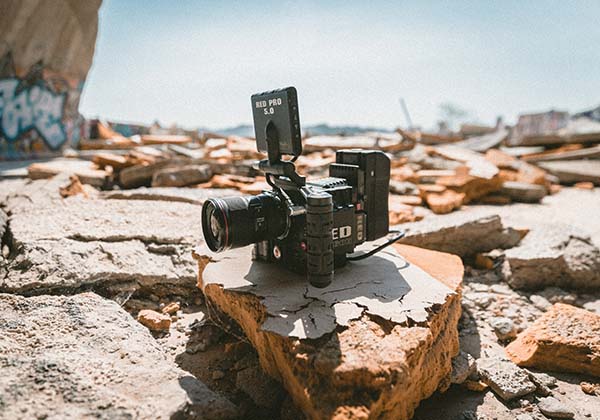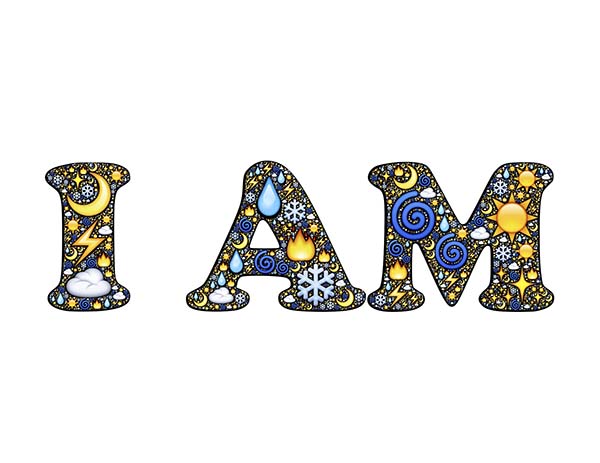by Dot Cannon
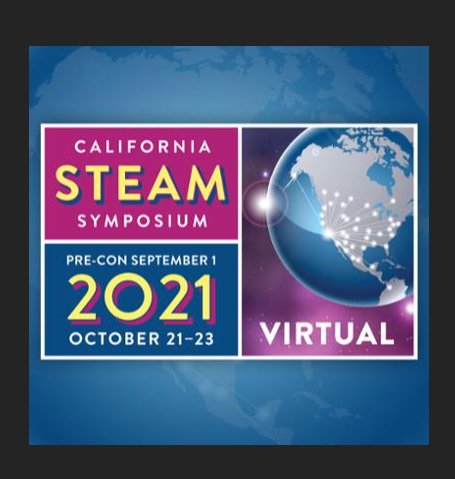
To say that the ninth annual California STEAM Symposium “sparkled”. would barely do it justice.
This all-virtual event, running October 21st through 23rd, was packed with imaginative ideas from presenters whose passion for learning and discovering, right along with their students, shone through everything we saw.
Annually, nonprofit Citizens Dedicated to Education Foundation co-hosts the Symposium, along with the California Department of Education and the California Commission on the Status of Women and Girls. Due to the pandemic, 2021 marked the second year of the California STEAM Symposium in an all-virtual format.
However, as Day One began, CDE Foundation CEO Jessica Howard had an exciting announcement.
The 2022 California STEAM Symposium will be returning next year, as a live event!
Meanwhile, the 2021 Symposium was a great reminder that, as NASA tells us, “we are all made of stardust”.
Here are just a few of our favorite moments, from the virtual sessions we attended.
A “ham sandwich” in space?
Perhaps you never considered that a spacecraft going to Mars could be like a ham sandwich left out on the counter.
But that’s exactly the point which JPL Planetary Protection Engineer Dr. Moogega Cooper made, in her opening keynote on October 21st.
Microbes, Dr. Cooper explained, not only could cause food poisoning–they could “poison” research on Mars.
“When you introduce something new that your body is not used to, things change. Things happen,” Dr. Cooper said.
“When we are sending a spacecraft to Mars, you have to make sure that it’s not a spoiled ham sandwich,” she continued.
“We don’t want to send something with a bunch of microbes that could be introduced to a planet where, especially if you’re looking for life, it might affect our ability to do that great science.”

Daring to create magic
Amazing keynotes continued throughout the conference.
On Friday, Day Two’s keynote speaker, “Juliet Takes a Breath” author Gabby Rivera spoke from her experience as a gay Puerto Rican woman. But her message was pertinent to–well, everyone.
“I definitely faced a lot of teasing and bullying for looking different, for being a tomboy…I also grew up in the church, so there (were) a lot of expectations, on how I was supposed to love, and how I’m supposed to look,” she said during her presentation.
Being true to what she is, Gabby said, led to her current success as creator of the Marvel Comics series, “America”.
Gabby explained that she had created “Juliet Takes a Breath” for herself and others like her, who hadn’t seen “a chubby. gay” protagonist of color. Her goal: to allow readers to accept, love and be proud of themselves, as they are.
Then. .Marvel Comics approached her with a scary-exciting offer. They wanted her to create a comic about a character named America Chavez.
“And as scared as I was, ’cause I had never written a comic before, and as much as I thought, ‘Oh my gosh, this isn’t for me,’ kind of like how I felt in science class growing up…I stepped up to the plate. ‘Cause you just gotta try. And I made some magic here that I’m so excited to share with y’all.”
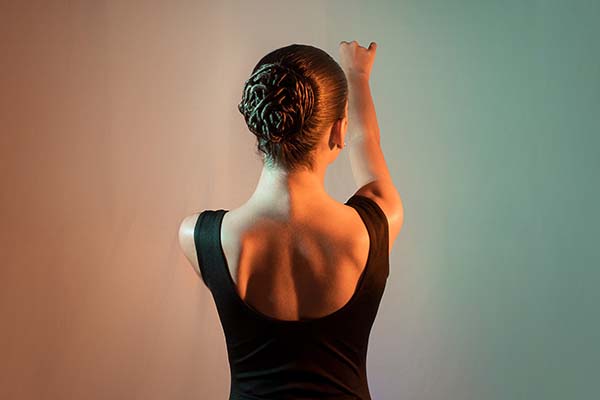
Wowed by the dance
As covered in our earlier post, Saturday keynote speaker Kate Stanforth gave an incredible presentation about rebuilding her life after a mysterious illness destroyed her dreams of a professional ballet career.
Prior to her keynote, Kate took her audience through a dance routine, designed to relax. using her arms. Next,, she shared her story–including her gratitude for her current career as founder of Kate Stanforth Academy of Dance which she just founded as an inclusive virtual school in March of this year..
“We dance every week. I teach people from all over the world, all types of dance, and …I absolutely love it and I have the best job in the world,” Kate said.
“What’s even better, is that I am disabled and I have a chronic illness, and I understand. So people who come to me, whether they’re disabled or not disabled, I can relate.”
And towards the end of Kate’s keynote–she danced.
From her wheelchair, she struck incredibly graceful poses, using both her arms and leg extensions.
Other than on Instagram, Kate had said, her performance was the first time she had danced since the onset of her illness.
We were left with chills–and certainly were not alone.

Words of inspiration
Before leaving the virtual stage, Kate took questions from the audience.
“Do you know what, there is no such thing as a bad dancer.” she said, in response to one person who’d asked, in chat, about getting started but who felt lacking in a sense of rhythm and confidence.
“You can start however you want, and decide what style of dance you want to do, and follow your passion for that…and find a local class that’s willing to be really inclusive and accepting.
“…Just go for it and give it a try. It doesn’t matter if you’re one of these people who’s a little bit far behind in class. As long as you’re loving what you do, that’s the most important thing.”
Making microcomputers accessible
“You can actually build your own computer that analyzes data,” offered Tynker educator/support coach and “Big Guy in a Bow Tie” David Lockhart, during his Saturday session, “Make Something Delicious with Microcomputers”.
He went on to name “three different leaders” that educators might want to use. Microbit, Raspberry Pi and Arduino.
“..There are a ton more…really, though, if it was me, I would kind of stick in these three,” he continued.
Incorporating these microcomputers into regular classes could give students “future-ready” skills, David said. And there was “lots and lots and lots of opportunity” available: science classes, math classes, even social studies.
“You can look at ‘how do I build robots and creatures that interact with history, or interact with timelines’,” he explained.
“And then even, to a point, you can even have kids build their own computers, build literary worlds in Minecraft.”
In working with microcomputers, David said, educators needed to keep two characteristics in mind.
“Does it have a high ceiling?” he asked. “A lot of (coding robots)…do one thing really well. But they don’t allow the kids to create stuff off of them, and build stuff off of them, and build multiple projects off of them.”
The second consideration: accessibility of the tool, for different age groups.
“Can I give this to a third grader?” he said, “…and can they start very easily? And can a high schooler make this project really something to behold?
“And that’s what’s really great about Microbit…it’s super accessible.”
David gave his audience a resource guide and “space to play” with resources related to Microbit and Raspberry Pi in the course of his talk. Participants had four minutes to open the documents he shared and ask questions prior to exploring the other microcomputers.
“These are computers that let you build anything. They can be the brains for anything,” he said.
New voices, memorable messages
Over Saturday’s lunch break we looked in on the Student Film Festival. The three-minute films covered multiple themes.
Student inventions, social messages and the power of the arts were among the themes.
Among the student inventions we especially liked was a heating ice-cream scoop. A social-issue video took viewers inside the world of a nonbinary teen, who explained why nonbinary restrooms would make their world an easier one in which to live.
And perhaps the most poignant, was one from the perspective of a young man who discussed the difference music education might have made in his life.
“What if…?” he began, in voiceover. “What if piano took me to performance, instead of doing drugs in the park? What if I made my parents proud?…”
We won’t ruin the film’s searing three-minute message with a “spoiler”. Suffice it to say, it underscored the dramatic ways educational options can change the future.
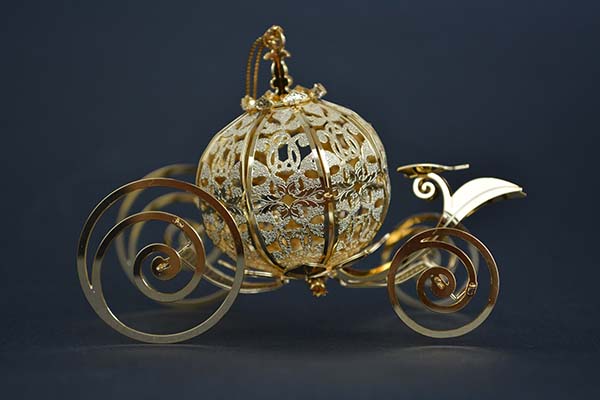
Better than a glass slipper
As mentioned in our earlier post, a top favorite session from this year’s California STEAM Symposium re-imagined the “Cinderella” story.
What if…engineering entered into it?
In their Day Two presentation “Enchanted STEAM: Saving Cinderella”, presenters Shanon Albertson and Dr. Sherry Mohazab explained how they used the story to co-teach engineering and creative writing in their second grade class at Playa Vista Elementary School.
In their class, they show students two pages of versions of the “Cinderella” story from around the world. Then, among the related exercises, is a maker challenge.
What can the students make, from materials around the house, that might make life easier for Cinderella?
Students draw a prototype. Then, they use materials available–trash from home, 3D printing or even create their idea in Minecraft–to bring it to life.
And so far, students have come up with multiple ingenious inventions–including a cleaning robot!
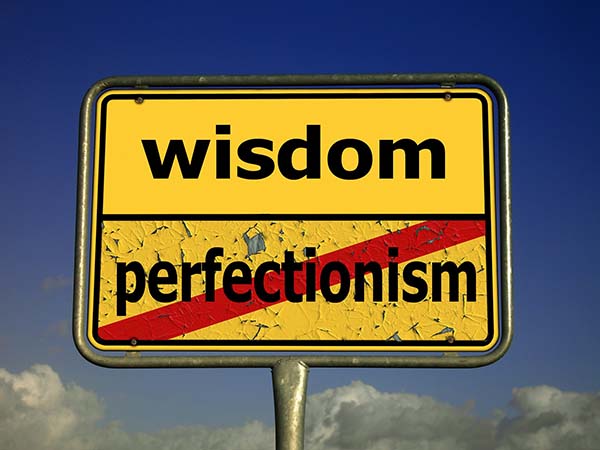
Perfectionism vs. happiness
“When it comes to inspiration, boy, are we about to get a ton of it from Dr. Marissa,” said Jessica, introducing the closing keynote on Saturday, October 23rd.
And motivational speaker/author Dr. Marissa Pei more than followed through.
Offering down-to-earth perspectives, she made her audience laugh in the process.
The subject: happiness.
“How do we lose our happiness?” Dr. Marissa asked.
One way we do that, she continued, is the “dis-ease of perfectionism”.
Then, she offered a “little checklist” of two dozen statements, asking the audience to “self-assess”
any with which they agreed.
Among the statements: “Why are people so unreasonable?”; “I only want what’s best for you,”; and “I don’t have time to celebrate goals met. There’s still so much to do.”
“Be honest,” Dr. Marissa said. “How many of you nodded for at least half of the statements?” She then asked the listeners to put a “Y” in the chat, or the number of times they’ve nodded.
The chat quickly filled up with “Y”‘s and numbers.
“I’m so happy to meet you all. I am a recovering perfectionist myself,” Dr. Marissa said.
“I have two words for you,” she continued. “…Look at the camera, please,” Dr. Marissa instructed.
“STOP IT!”
“Because perfectionism is the number one dis-ease of life…You will not be happy, ever, if you are trying to be perfect…I promise you. This is from firsthand experience.”
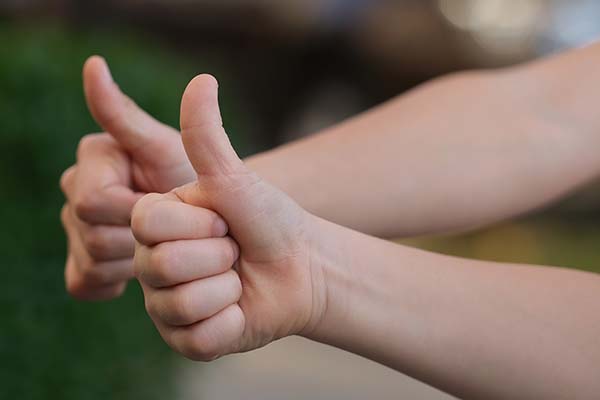
Down-to-earth approval
Next Dr. Marissa explored the means to “recovering”.
“How do you get away from being so hard on yourself?” she asked.
The answer, she continued, was self-approval–especially for teachers.
“(You deserve to be told by your principal,, peers, students and administrators that your work, in this pandemic, has been incredible.) Are you ever going to get (that kind of approval) from the people (from whom) you want it the most?
“Look at me–NO!”
“Because even if they did say that to you, you’d look at them and say, ‘What’s the angle here? What do you want from me?'”: she said.
“…The only person who can approve of you, is…the buck starts right over here.”
Dr. Marissa said that the choice of self-approval was the fundamental seed towards feeling happy with your own accomplishments.
And she shared her own journey towards self-acceptance.
“I was told, ‘you’re fat, ugly and clumsy,’ during the entire 17 years of my growing up,” she said. “By a well-meaning person who was more mean than well…she didn’t know any better. So I have to learn to approve of me, if I want success.” she said.
She took the audience through an exercise, with a volunteer. First, everyone had to “fill in the blank” to the statement, “I am a…”
Next, they were to do the same thing with the statement,, “I am…”
As volunteer Anthony responded to the exercise, the audience typed their answers in the chat.
“Which one was harder for you to do?” she asked.
“…I would say ninety percent of the time that I do this, people have a harder time with the ‘I am”.
“So, this is why. Because most of us define ourselves in relational terms.
“…You are only as good as what you do for someone else.”

And if you’re a perfectionist on top of that, she said, you’re “doomed”, because you’re trying to be the perfect mother, teacher, friend, or other role in relationship to someone. But your inner critic won’t give up.
How you stop it,, Dr. Marissa explained, was to focus on the core of who you are–the “I am”.
“In all the things you are of course you’re not 100 percent,” she said. “…Most of us are good 88 percent of the time,”
The exercise Dr. Marissa then gave everyone, from her book “8 Ways to Happiness Wherever You Are“, was to draw two circles–one with all their roles and one with all their “I am” attributes.
“Now, most of them have to be positive,” she said. “Fourteen out of the eighteen have to be positive.
“You’re allowed four negative things., because you are not perfect
“…But, shine the spotlight on the fourteen things that you’re really good at.
“…If you embrace those things that are really good about you, it doesn’t matter if you fail, that 12 percent of the time.
“…But I am the one that bakes my cake.”
That “cake”, she said, was “who you are”. And criticism, and compliments, were the icing on that “cake”.
….I bake my own cake, and I know my worth,” Dr. Marissa said.
“And I know that I’m 88 percent fabulous.”

Looking forward
And the ninth annual California STEAM Symposium, in its second all-virtual edition, had been 100 percent amazing.
“You would not believe how many people it takes to put together something like this,” Jessica said, thanking the staff, volunteers, co-hosts and attendees in her closing remarks.
“It actually often takes even more people than in-person events.
“There are a lot of folks you haven’t seen because they are what makes the lake look smooth, and they’re just furiously paddling underneath. They’re wonderful.”
And you may get to say “thank you” to those hardworking behind-the-scenes folks in person, next year.
As Jessica announced after Kate’s opening keynote on Saturday morning, California STEAM Symposium celebrates its tenth anniversary in 2022. They’re scheduled to return to Anaheim for their live event next October!
Happy Anniversary, California STEAM Symposium, and thank you for an amazing time! We’re looking forward to seeing you in 2022.

